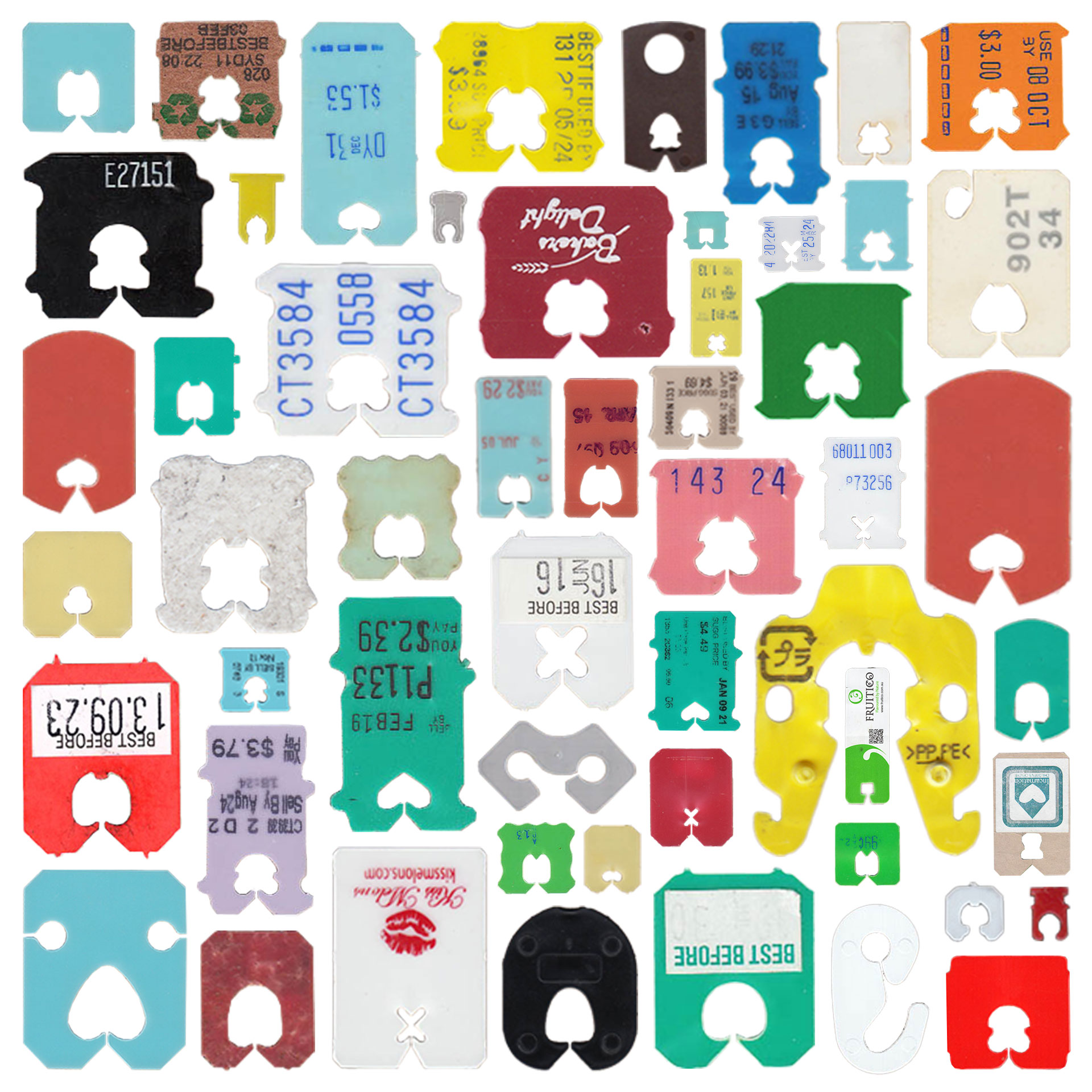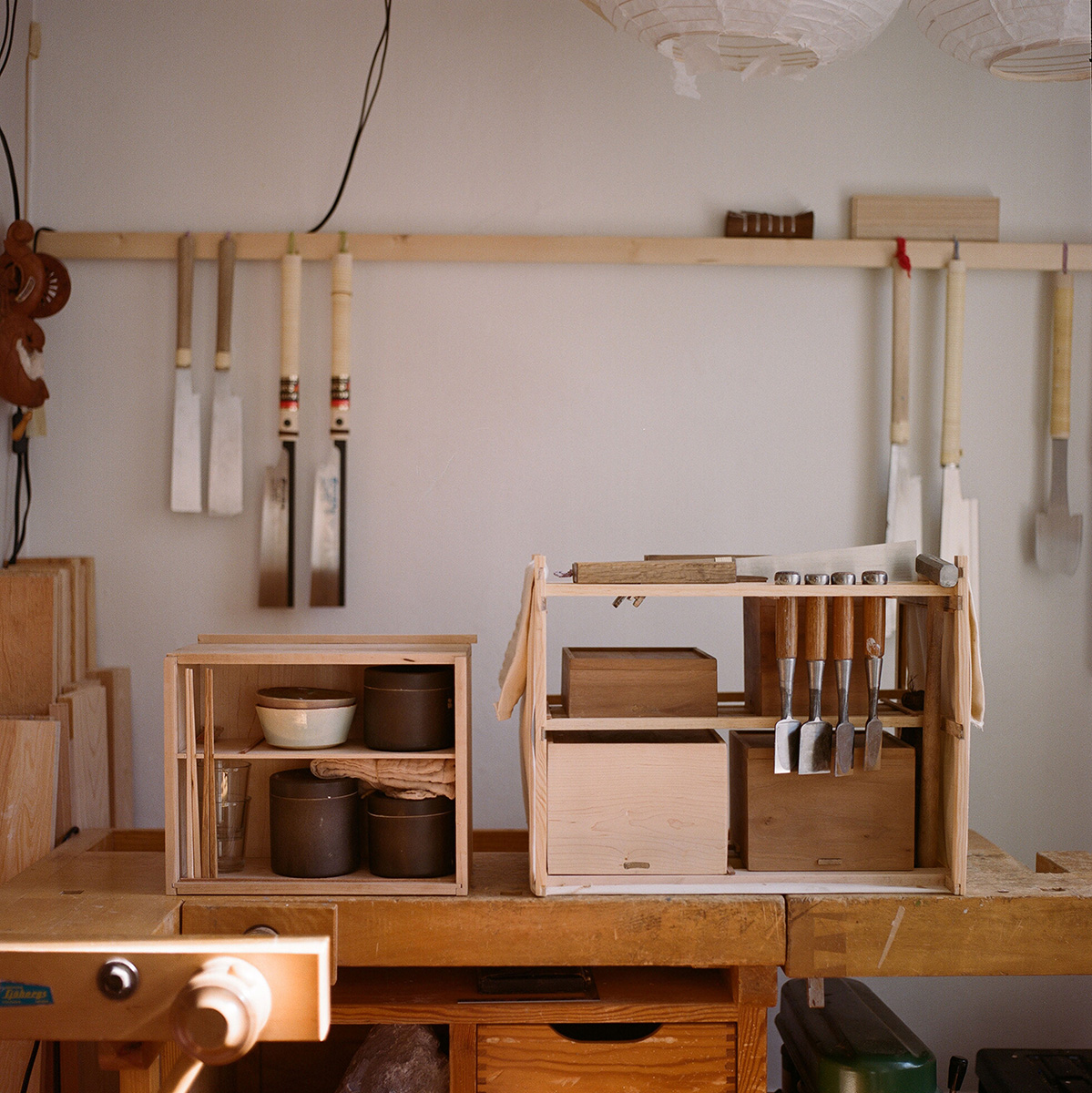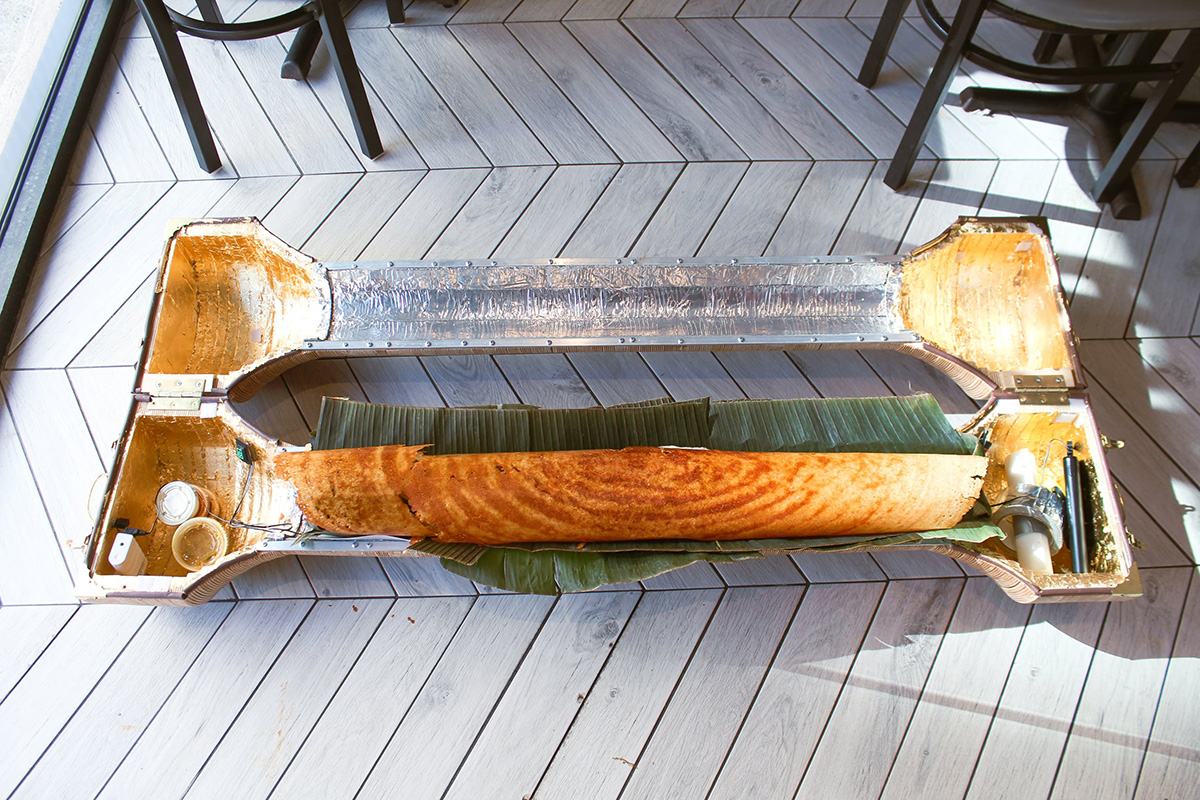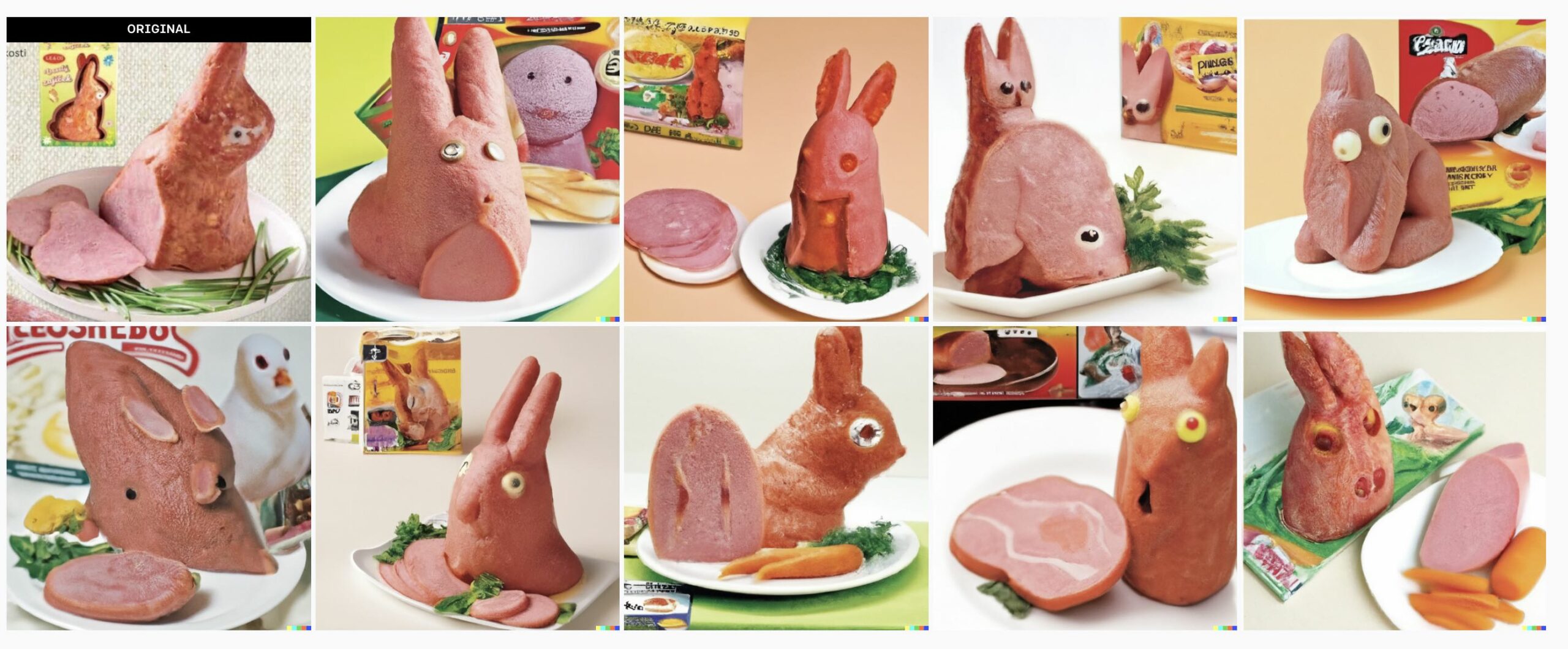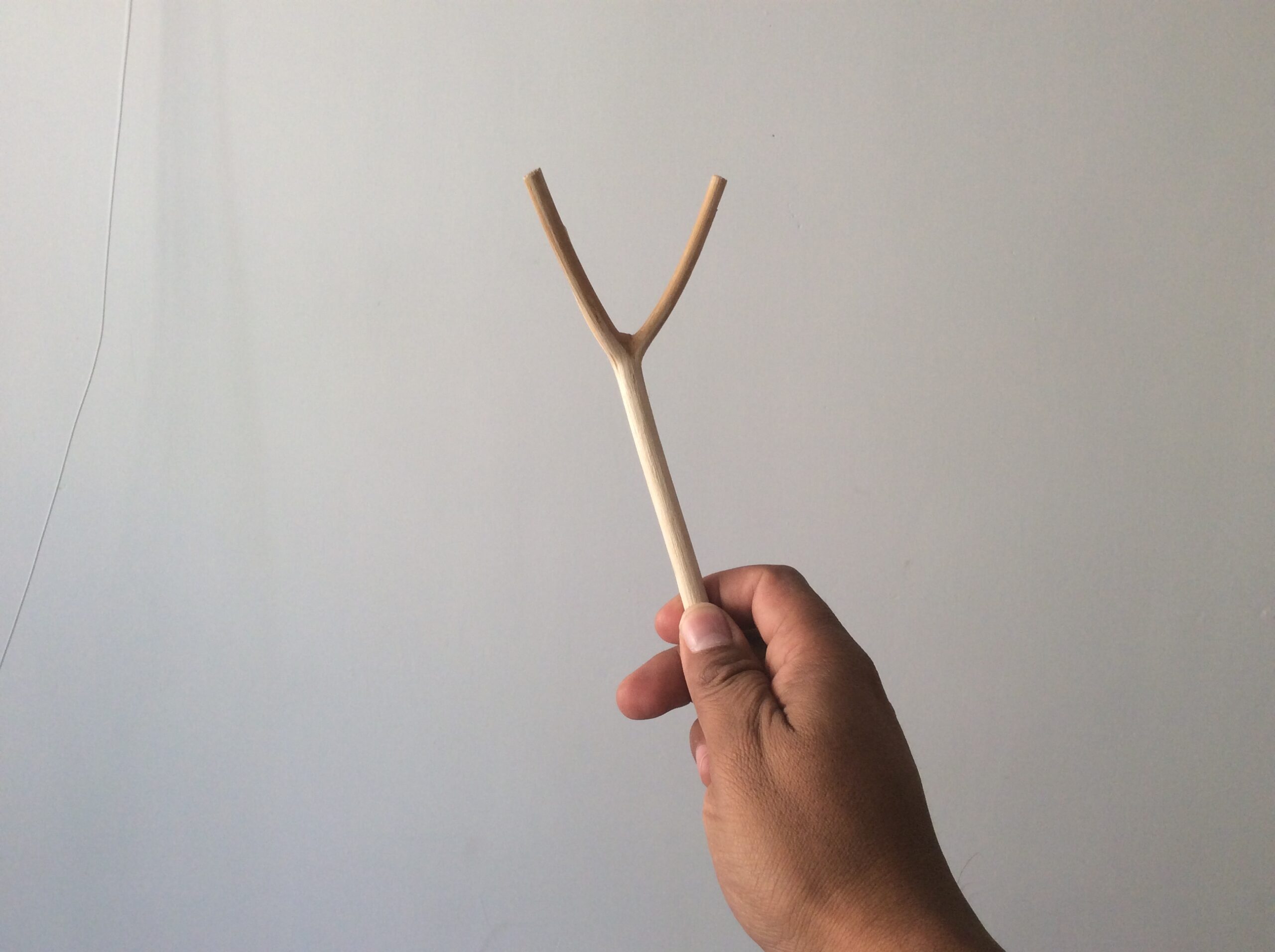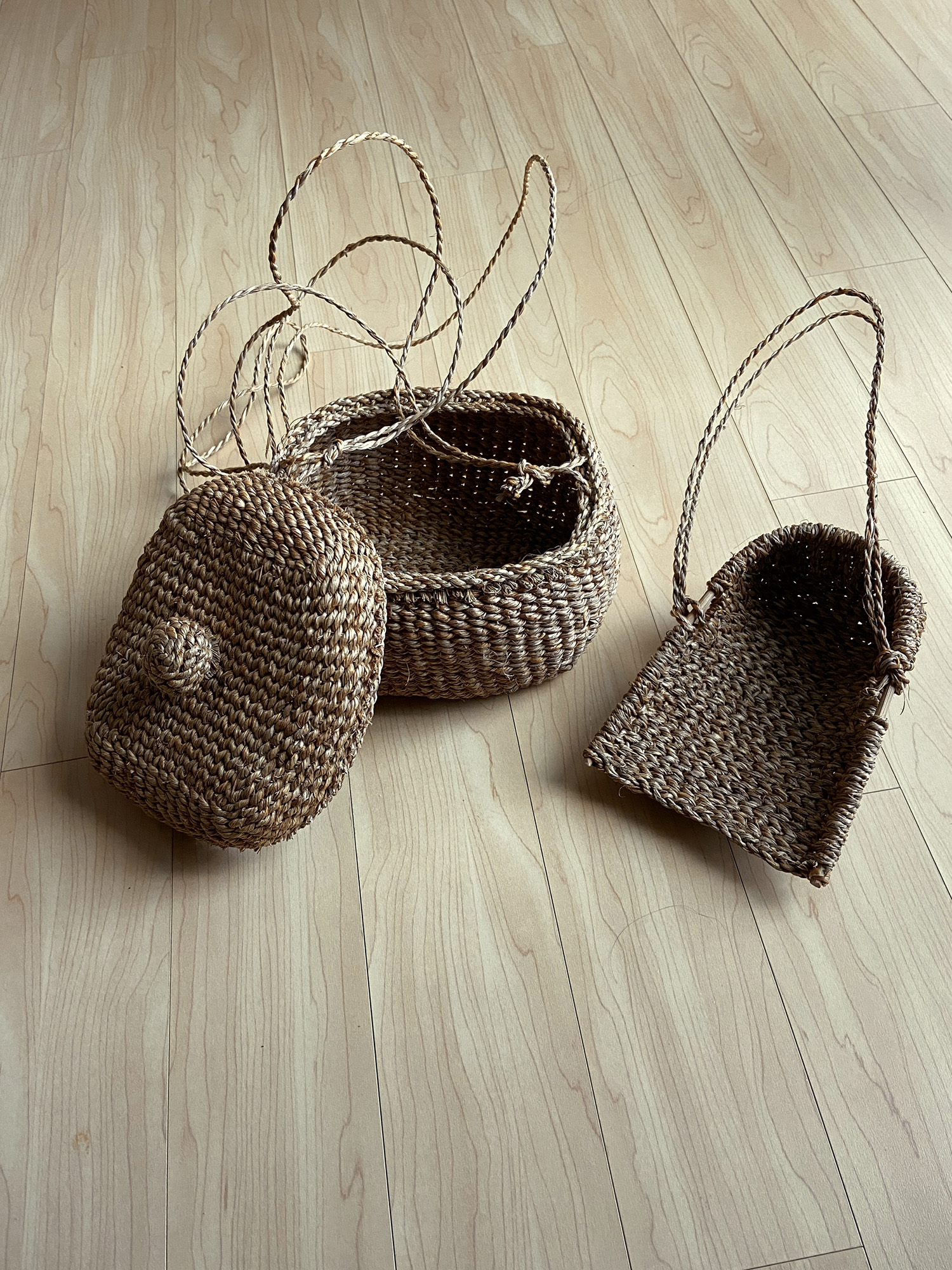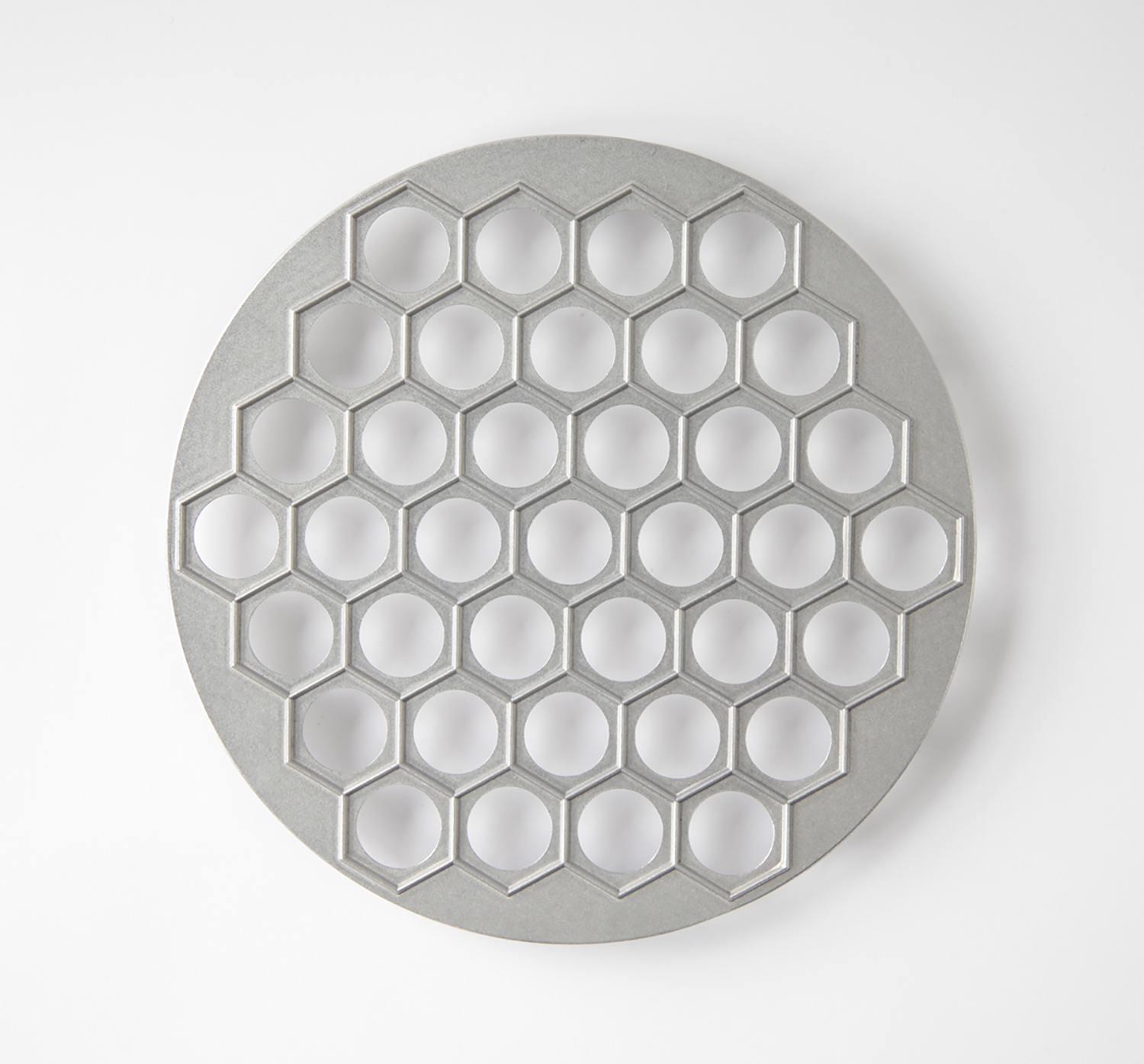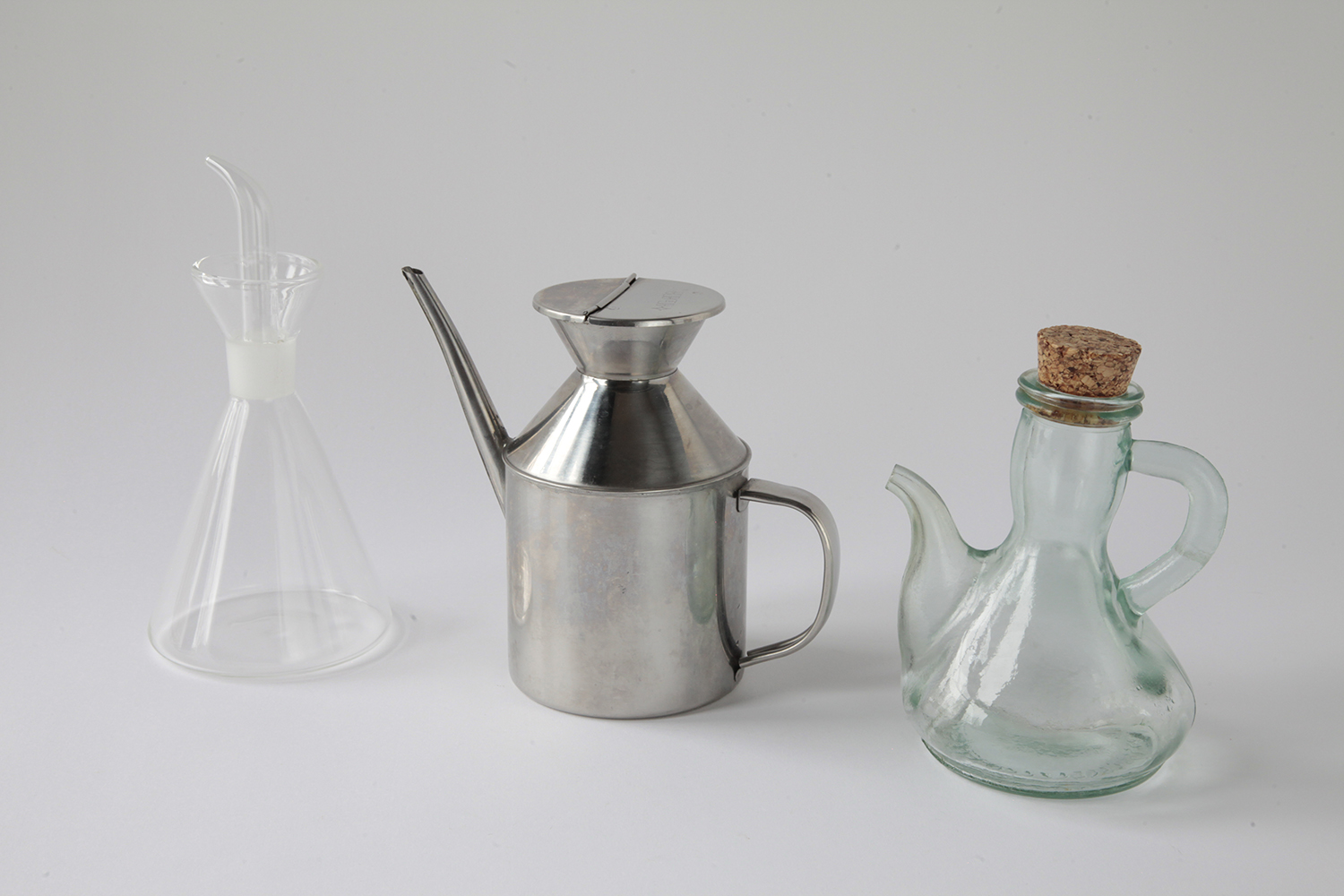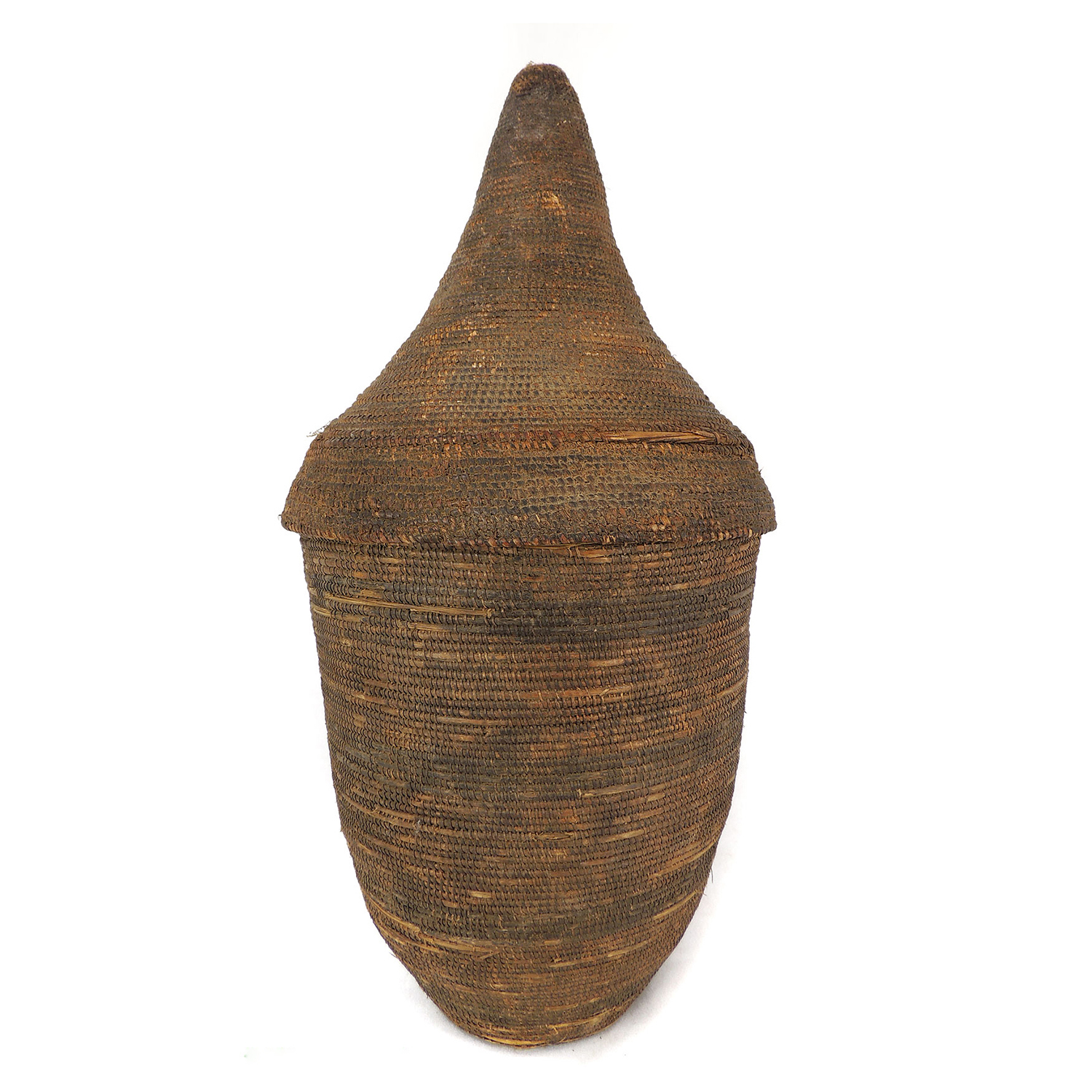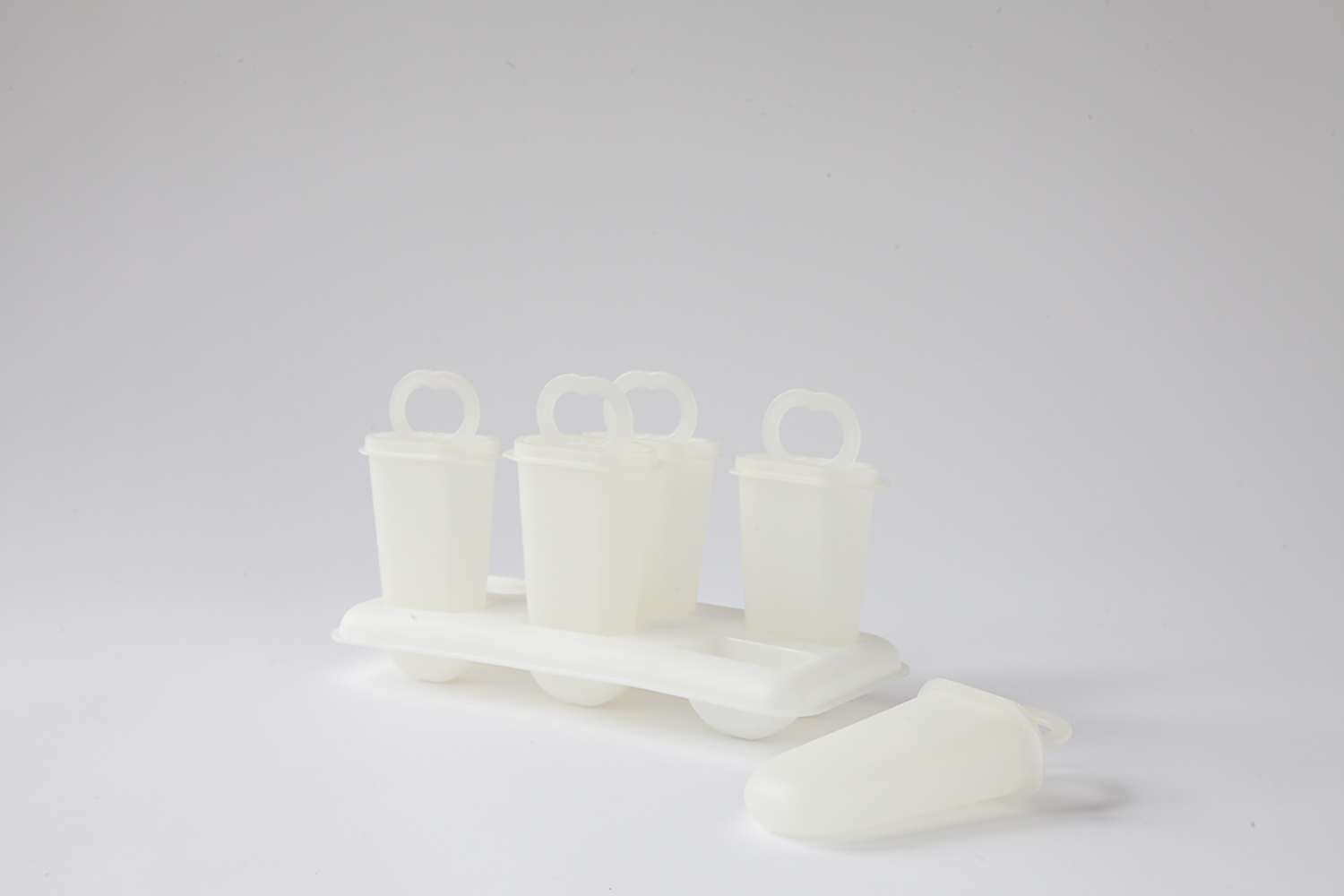In 2015, I had the distinct pleasure of participating in a farm tour of the Stone Barns Center for Food and Agriculture. Our guide was thorough in her explanation of the different agricultural systems at play on the farm—besides the diversity of produce and crop rotation practices, the chicken coops were built to be mobile, and their radiant composting system doubled as the heat source for the Blue Hill sous vide system. I was struck by the process of inquiry, prototyping and education woven into the ethos of this incredible resource, just 30 miles north of New York City.
It was on this tour that I first heard about the Slow Tools working group, a loose coaltion of farmers and engineers that are working to design and manufacture appropriately scaled, lightweight, affordable and open-source tools for small-scale farms. The group formally meets the weekend after the annual Young Farmers Conference hosted at Stone Barns and I traveled back to the Center in December of 2015 in order to report on their work. Below, Jack Algiere, farm director at Stone Barns Center and partner in the Slow Tools program, lays out some of the challenges, opportunities and learnings from the group that came out of their 2017 meeting. This interview has been edited and condensed.
 Jack Algiere at the 2017 Young Farmers Conference. Photo by Ben Hider / Stone Barns Center for Food and Agriculture.
Jack Algiere at the 2017 Young Farmers Conference. Photo by Ben Hider / Stone Barns Center for Food and Agriculture.
Slow Tools, which was started about eight years ago by Eliot Coleman, Barry Griffin of Harvard and myself, is the idea of getting farmers, engineers, makers and manufacturers at the table together to have a cross-disciplinary conversation about the tools for farming.
We’ve designed ourselves for tools and we’ve designed our systems for those tools, rather than designing our tools for ourselves and the system that we’re in. This is the major shift in designing tools that needs to happen. And it can come out of this sort of resurgence of ecological and agrecological systems.
Current tools have been largely developed by industry for the sake of an efficiency that didn’t include ecology. Now, we have a whole different set of parameters. We’re focusing on getting people involved in the conversation that are underserved. New farmers are coming into this game, not necessarily as inherited farmers. They’re coming cold. What they know is computer technology, how to fly a drone, how to use a phone and how to think ecologically. Some have environmental or food systems backgrounds. All of those skill sets are very valuable to apply in agriculture, but they’re incongruent with the kind of industrial farm model of large tractor, grease and lots of steel.
Over the past couple of years, we’ve identified a few obstacles:
1) There are not many efficient, small tools for farmers. On direct market size operations—most likely 2-6 acres but up to 20 acres—hand tools are still really valuable and the systematic design of the sequence, efficiency and precision of those tools becomes more and more important in a modern system. Especially with diversification and the understanding of soil health—we’re not just out there chipping away with hoes. We’re using precision tools to meet really specific timing. Slow Tools is not about one tool solving one problem, but a system of tools that allow us to have a more diversified farm system.
2) It is very expensive to import tools from abroad. There are a lot of great tools out there in the world. We use a range of tools from Italy, Great Britain, France, China and India at Stone Barns. I recently bought a small mini-combine from China and I wonder why we couldn’t make one in the United States, even if it was a little bit more expensive. In this particular case, the cost of the machine was actually pretty low. We had to modify it and there’s some safety issues we had to deal with because it doesn’t run to the same specs, but it’s a good machine. There’s a lot for us to learn from the rest of the world that still manages and sees the value in small-scale systems.
3) There are not that many farmers. In fact, what we identified fairly early was that there are a lot of other industries of similar scale that are very high-level and highly funded—motor cross, electric wheel chairs, fork lifts, electric bicycles, go kart, zero turn lawnmowers, and golf cart technologies. The technology is out there, but manufacturers are not adapting it to small-scale agriculture. For example, we’re running a number of different tools off of electric drill and lithium ion battery controlled devices. Companies like Makita or DeWalt have the technology and they’re hitting recreation, home improvement, lawn and garden, but not small-scale farming.
We believe there’s an opportunity. Small farming, under ten acres, is the only growing segment of agriculture in terms of farmers getting engaged. And it’s also the primary scale for new and developing farmers, young farmers, which we really focus on here at the Center. It’s a huge niche, and the success of these farmers in a modern world in relation to soil systems and ecology, has everything to do with their tooling system and the economy that surrounds that. It’s part of the revolution of small farming.
With these obstacles, the conversations have been around supply chain. How do you design a tool that can be developed, manufactured and sold by a company in the United States? I’m not suggesting that we don’t import products, but that we have the capacity to be building them regionally. We can include these tools in small town manufacturing and still have the precision and quality.
To a certain extent, this could be an opportunity to decentralize industry. One of the partners we work with is Horace Clemmons, who has a company that makes the CleBer Oggún, a small tractor that he originally designed for use in Cuba. It’s a modern re-creation of the iconic small farm tractor, an old Allis-Chalmers Model G, which was made between about ’48 and ’55. A lot of diversified farmers are still using it—they’re just repairing these things or modifying to electric. They’re essentially using a 1950’s tractor to do a 21st century system.
 A CleBer Oggún tractor at Stone Barns.
A CleBer Oggún tractor at Stone Barns.
And so Horace designed this tool that is a ride-on tractor, but it has all of these belly mount design systems, allowing you to be in closer contact with the soil. But the really interesting thing about it is it’s open source. His model is designed so rather than having one central manufacturing site, he sells the design to metal shops around the country. Basically, he charges $250 for the designs. For every one that a metal manufacturer makes, they pay him a royalty for the design and that tractor sells for between $10-12,000. All of the parts that are on this tractor are ubiquitous. So whether you’re building it in Guatemala, Nigeria, or New York, you can get the same pieces of steel and hydraulic pumps—it’s not strictly John Deere parts, say, or a Ford part.
We have a local metal workshop that we work when we need to buy steel, but also when we do more complex jobs. It’s a family team that owns this small welding company and they also build snow plows. The snow plow business is a great thing for them, because not only do they build and sell them to a lot of the locals, but they also repair them. So in a very similar way, it becomes this consistent revenue stream, on top of just being a welding shop, and provides legacy for his family to hand this company down.
 Welding workshop at Stone Barns. Photo by Ben Hider / Stone Barns Center for Food and Agriculture.
Welding workshop at Stone Barns. Photo by Ben Hider / Stone Barns Center for Food and Agriculture.
This also expands into some animal systems, like our mobile chicken huts. We’ve created CAD designs for the huts and they’re getting built in different places now. Similarly, we’re building mobile duck huts for large number, production size, pasture systems. And compost heap systems. Although farmers can fix a lot of their own equipment, accessing local manufacturing makes us more acquainted with the metal shops and fabricators. It actually helps revive that kind of small town industry. That skill set, is not a replaceable thing.
 Chicken Huts at Stone Barns. Photo by Ben Hider / Stone Barns Center for Food and Agriculture
Chicken Huts at Stone Barns. Photo by Ben Hider / Stone Barns Center for Food and Agriculture
The next step for us is to get people building—to get products designed and out there. Our direction for the future is to call on interested systems-minded process engineers, mechanical engineers, manufacturers and designers and include them in this conversation with farmers. Maybe even a focus group with some farmers seeded in to that conversation with some very specific topics to brainstorm. There’s more to it than a thrifty do-it-yourself thing, and there’s more of a need for moving the conversation into a design forum, socially, for that to happen.
I’ve learned a lot from working in these groups. It’s inspiring for me personally to play with the tools and equipment that are not finished. If I buy a tractor from a tractor dealership, for a number of reasons, I really can’t do anything with it. One, I would ruin my warranty and I just spent a lot of money. And two, all the parts are very specialized, they’re engineered to a T, so that keeps me from modifying.
 Adam Lemieux, of Johnny’s Seeds, demonstrating a tool at the 2017 Young Farmers Conference. Photo by Ben Hider / Stone Barns Center for Food and Agriculture
Adam Lemieux, of Johnny’s Seeds, demonstrating a tool at the 2017 Young Farmers Conference. Photo by Ben Hider / Stone Barns Center for Food and Agriculture
Stone Barns is such a diversified system. We’re doing so much here, and my role is to connect all the dots between my farm team. I spend a lot of my time problem solving and inventing with our team. When I work with a tool that is functional and still a little bit incomplete, it encourages me to engage with it. Because we’ve had to modify tools, my team has become much more engaged with thinking about process. Not only about how that tool works, but their actions in the space, and how that dictates the way we design the tool. If we lose that culturally, we’re losing some of the most valuable stuff it is to be human.
I think the real gem is about the relationship of farmers and their contact to the system itself, to the living ecology of the place. How can technology help support that intimacy rather than replace it? That’s what our role is: to ground the conversation in engineering and to create a forum for it to happen. The combination between sharing designs and applying technology into a sort of plug and play system that gets the best out of everybody in the community—that’s a brilliant combination.
Learn more about the Slow Tools working group through their Facebook page, moderated by Adam Lemieux of Johnny’s Seeds.
